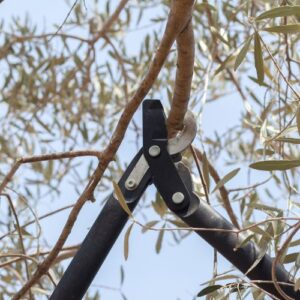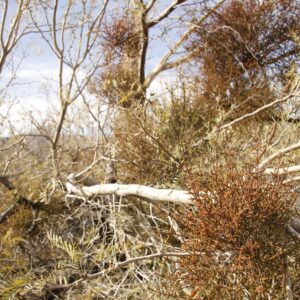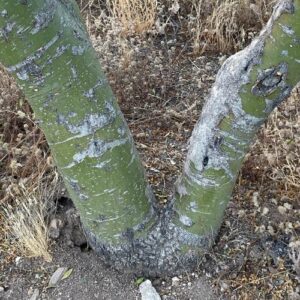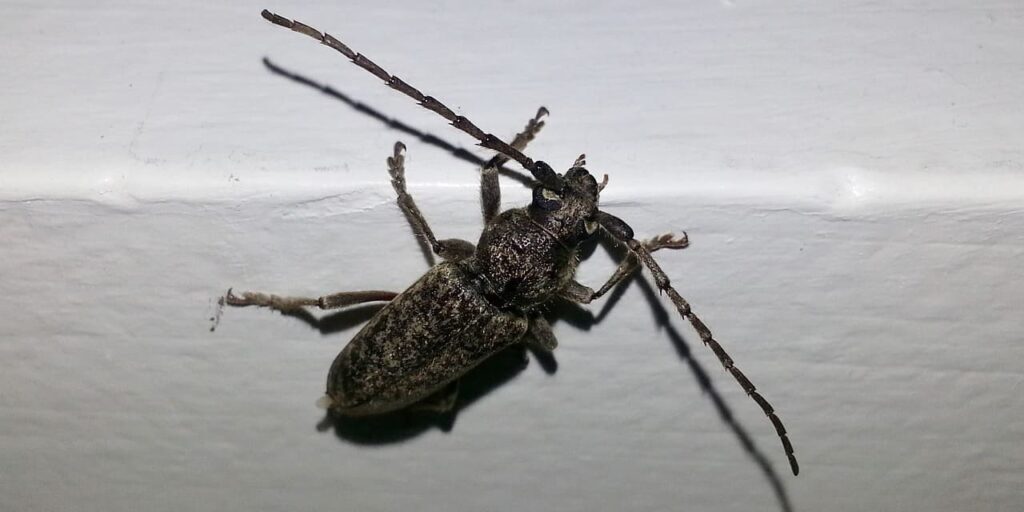
Are you noticing branches of your trees, especially palo verde trees dying? Are there quarter-size holes in the ground near the trunk of your trees? If you’ve answered “yes,” your trees may be suffering from a palo verde beetle borer attack.
Also known as the palo verde beetle, palo verde root borer, or palo verde borer beetle, Derobrachus hovorei is a longhorn beetle that can sometimes be confused as a cockroach. But, unlike cockroaches, this insect attacks and kills palo verde trees (among others).
This pest exists as both a grub (or borer) during its immature phase, and a large beetle during its adult stage.
In this article, we will answer some of the most common questions about palo verde borers, including how to tell if they are impacting your tree and what you can do to help.
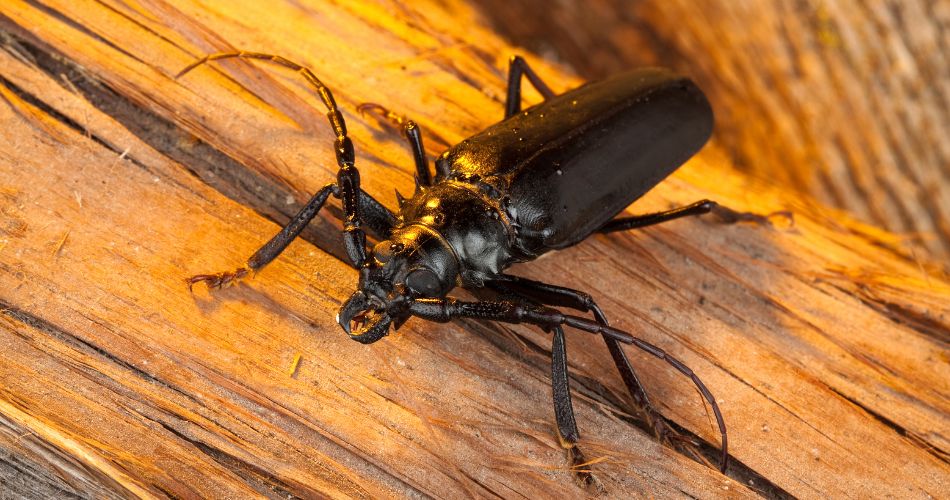
What does the adult palo verde beetle look like?
You’ll recognize the palo verde beetle by its size. As one of the largest beetles in North America, it can be up to three and a half inches long, and that doesn’t include the antennae! The adult beetles are brown or black and have wings, but are rarely seen flying other than during the summer mating season.
Adult borers have tough outer shells, which makes them difficult to kill.
You’ll notice these large beetles most often during monsoon season (late June to early August), especially at dusk. The adult palo verde borers are drawn to lights, so if you want to keep them out of your house, avoid turning on porch lights near exterior doors whenever possible. Because of their large size and hard shell, you may hear them if they run into a door or window near to a light source.
Do adult palo verde beetles damage trees?
The adult borers don’t eat much (they may occasionally eat some nectar or fruit), only live about a month, and will only bite if provoked. So while they look intimidating, it’s actually the young borers that do the real damage.
What do the borers (immature beetles) look like?
Adults lay eggs in the soil. After eggs hatch, the insects live underground as grubs for up to four years, where they bore into tree roots and start feeding. They’re particularly fond of chewing on the roots of trees such as palo verdes (from which they get their name). Believe it or not, they’ve also been known to chew through PVC pipe in the ground!
These grubs are white, as thick as a finger, and can be up to five inches long.
The grubs will eventually mature into beetles and emerge from the ground, leaving a quarter-size exit hole in the ground.
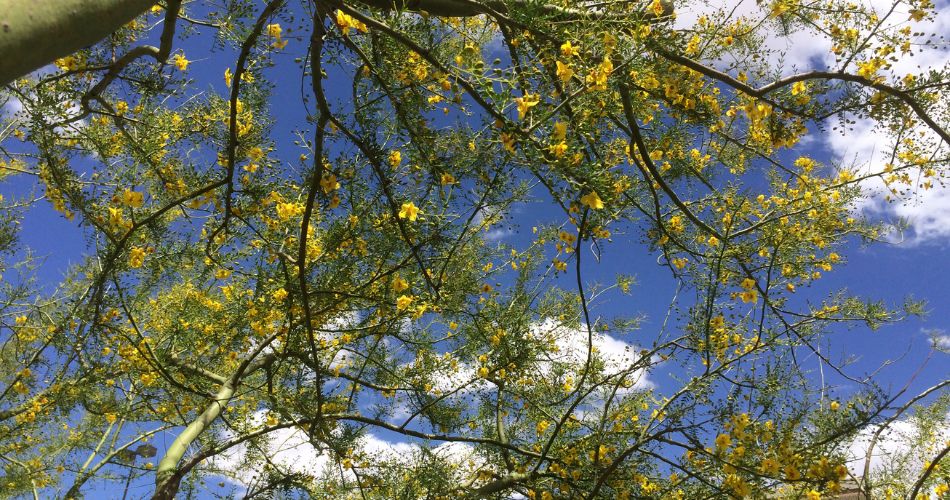
Do palo verde borers only attack palo verde trees?
Palo verde borers obviously love all types of palo verde trees and may be partial to the Mexican palo verde. However, they will also eat the roots of other broad-leafed trees and shrubs. In New Mexico, they are called the mesquite root borer because of their preference for mesquite roots.
Some of the specific trees and plants that have been affected by these borers include citrus trees, mesquites, roses, elms, cottonwoods, mulberries, peach trees, apricot trees, and more.
They appear not to be as fond of palm trees, agave plants, or bamboo, so if you have recently removed a tree that died due to a borer infestation, you may want to plant one of those in its place.
How can I tell if my trees are being damaged by palo verde borers?
Oftentimes, the damage is done before the reason is discovered. The visible damage (above ground) usually appears well after the cause (root damage) has progressed to the point where the entire tree is at risk.
Check your trees for branch dieback, particularly large branches that quickly die right back to the trunk. If one branch dies at a time, one of the first suspects should be palo verde root borers.
Also, check the ground around the root zone for holes about the size of a quarter. These holes are a tell-tale sign that borers have been feeding on tree roots below ground.
How can I protect my trees from palo verde borers?
Palo verde borers attack trees that are already stressed, so the best protection is to keep your trees healthy and well cared for. When a healthy tree is attacked by palo verde borers, you may never see symptoms above ground. Healthy trees are able to produce new roots to replace those devoured by the grubs and offset any effects on the tree’s overall health.
However, for an already diseased or injured tree, the borers may just speed up the inevitable decline of the plant.
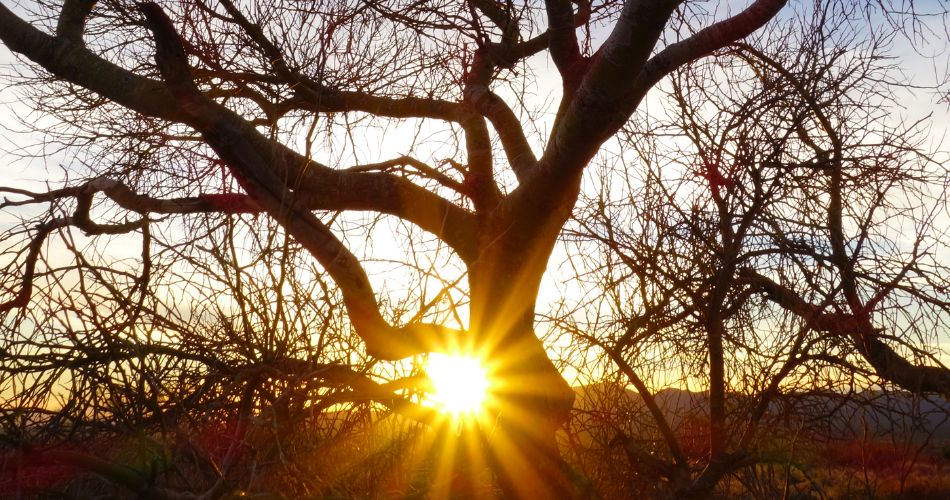
How can Titan Tree Care help?
If you suspect that your trees or shrubs are suffering from feeding by palo verde borers, contact us for an inspection. We may be able to help with a root drench using a systemic insecticide and can also recommend other solutions to help the health of your trees.
As with most things, prevention is the best cure, so contact us for an inspection or for suggestions on how you can keep your trees happy and healthy.
See pictures of both the borers and the grubs on the Arizona-Sonora Desert Museum’s site here.
See Our Latest Articles
More Articles Like This

Titan Tree Care is a full-service tree care company located in Anthem, AZ and serving all of North Phoenix. We offer a wide range of services to meet your tree care needs, including tree and palm trimming, tree pruning, tree removal, stump grinding, and more. We also offer insect or disease treatments and fertilization services. We are dedicated to providing high-quality, safe, and effective tree care services to our customers and work hard to ensure that your trees are healthy and look their best.



